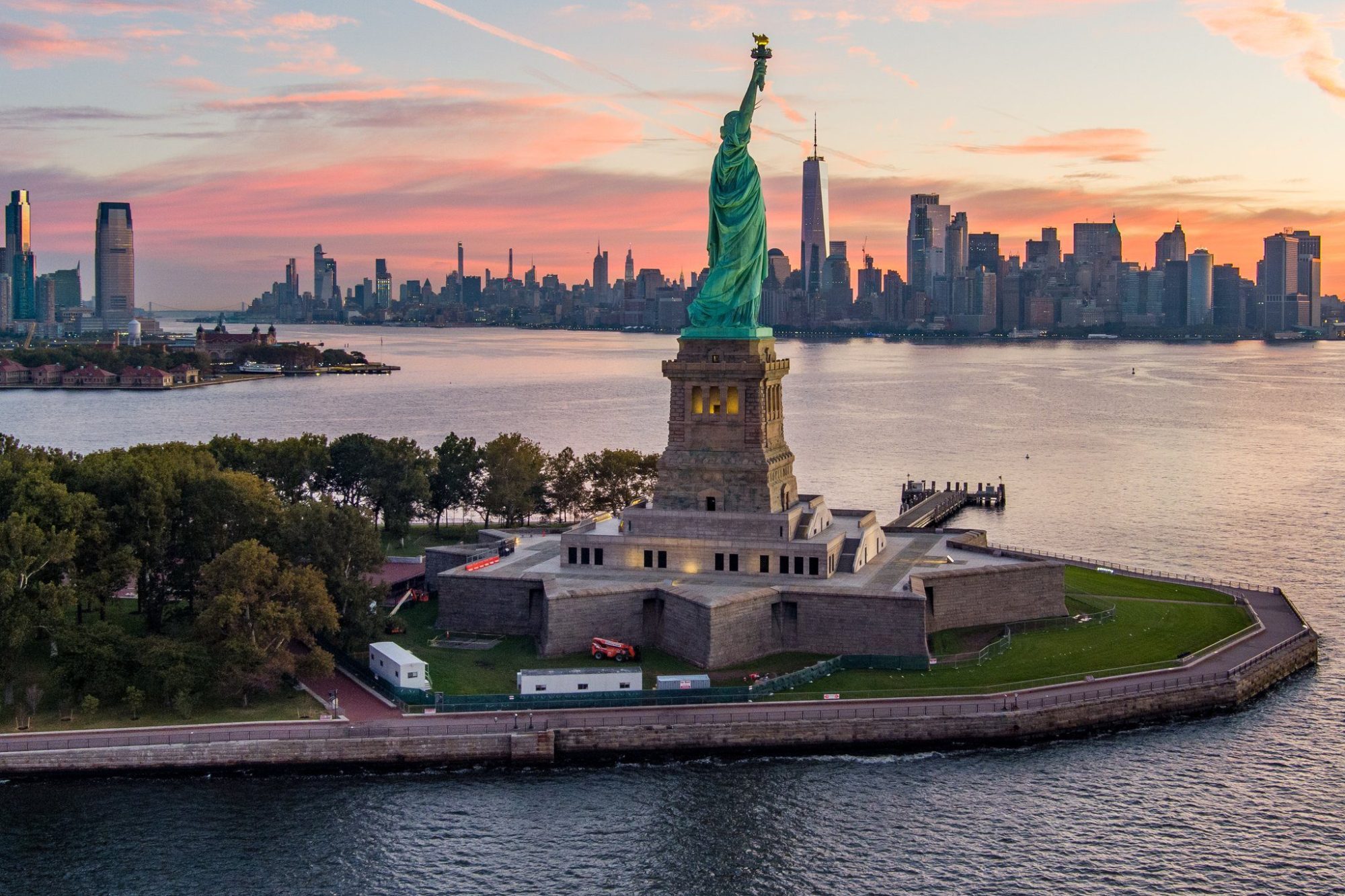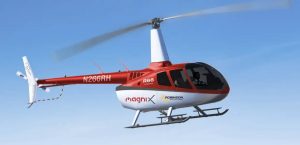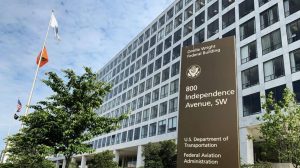New York City’s Drone Operations Committee: A New Era for Public Safety
New York City has introduced a Drone Operations Committee, signaling a major advance in public safety, crime response, and emergency management. This initiative is not only impactful for agencies but also for private pilots, enthusiasts, and residents. By setting a new national standard, NYC’s move may redefine the role of drones in enhancing community safety while igniting debates over privacy and governance.
Why NYC Established a Drone Operations Committee
Imagine a city where, at the sight of an emergency—whether a sudden protest, flash flood, or a shark near Rockaway Beach—drones are instantly airborne. These devices form part of a comprehensive technological strategy that connects law enforcement, fire services, and environmental teams. This vision led Mayor Eric Adams, with Deputy Mayor for Public Safety Kaz Daughtry, to announce NYC’s inaugural Drone Operations Committee in July 2025. The city aims to catch up with the trend seen in Chicago and Los Angeles, yet with NYC’s distinct ambition.
Mission of the Committee
- Unify policy: Create standards across all city agencies using drones.
- Encourage collaboration: Ensure seamless interagency operations without competition during crises.
- Oversee training: Ensure pilot accountability and program compliance with safety and legal standards.
- Centralize data: Drive transparency and innovative practices rather than disparate approaches.
As Deputy Mayor Daughtry states, “Drones are a force multiplier, giving rapid ground assessment, aiding evacuations, and ensuring responder safety.” The city’s Drone as First Responder (DFR) program, already equipping police precincts, showcases the practical implication of these words.
Impact of Drones on NYC Public Safety
Vision: Technology Driven Teamwork
Refined with support from Skydio and an FAA waiver, NYC’s Drone as First Responder (DFR) program positions drones as the city’s fast-reacting scouts. These drones are fully autonomous, capable of flying beyond sight, and can stream live HD video to officers’ devices. Their uses include:
- Tracking fugitive suspects without endangering chases.
- Quick crime scene surveys and suspect identification.
- Monitoring events and protests to identify risks.
- Coordinating responses to natural disasters like mapping collapsed buildings post-hurricane.
- Preventing subway surfing and conducting rescue operations.
- Providing live intelligence for fire and rescue missions, such as toxic spills and building collapses.
Real-World Applications
- During Labor Day 2023, police used drones to manage large gatherings, easing tension and freeing human resources.
- Gunshot detection now triggers drones through ShotSpotter, arriving before traditional units.
- “Drone patrols” in parks identify hazards like sharks and floods that are difficult or risky for staff to monitor alone.
These success stories are growing as agencies increasingly adopt “drone-smart” tactics. As one parks official mentioned, “In today’s world, our drones would be the first call before the cops in a scenario like Spielberg’s ‘Jaws’.”
Essential Information for NYC Drone Pilots
Permits and Legal Considerations
Since 2023, all drone operations outside designated model aircraft fields require an NYPD permit. This applies to hobbyists and commercial operators launching from city spaces. The permit process entails background checks, insurance, privacy policy documentation, and comprehensive flight planning.
Special Regulations
- No permit is needed within one of five designated model fields, but leaving beyond these results in full regulatory enforcement.
- Numerous no-fly zones include landmarks, airports, crowded areas, and government sites.
- Pilots must maintain visual line of sight, stay below 400 feet, refrain from dropping items, and avoid risk to people or property.
- FAA regulations remain in force alongside city laws, requiring dual compliance.
Balancing Opportunities and Privacy
The committee faces challenges from privacy advocates like the NYCLU and ACLU, concerned about intrusive surveillance. Drones equipped with night vision and thermal cameras can invade private spaces, raising questions of oversight. Issues over data retention, deletion, and access are yet to be resolved.
Pending bills, such as the “Protect Our Privacy Act,” seek to limit non-emergency police drones, except in search and rescue or natural disaster cases, to avoid infringing on First Amendment activities.
Consequences and Enforcement
Flying without proper permits or in restricted areas can result in severe penalties, including fines, drone confiscation, and potential arrest. Law enforcement is increasingly vigilant, backed by growing public awareness and reports.
Implications for Hobbyists, Businesses, and Responders
Hobbyists: Enthusiasts seeking cityscapes must navigate legal complexities, as the city becomes a challenging yet tempting location for drone photography.
Commercial Operators: Film and news organizations must adhere to stringent compliance, though with proper permits, opportunities for legal operations have expanded.
Public Safety Teams: Drones will further influence emergency mapping and management, necessitating cohesive interagency training and coordination.
Expert Flying Tips in NYC
- Verify legal zones: Use updated FAA B4UFLY and city-specific maps before flying.
- Keep thorough documentation: Maintain records of insurance, logs, and pre-flight checks to safeguard against challenges.
- Privacy is paramount: Avoid flying over homes, windows, or sensitive areas, even if legally permissible.
- Account for weather and traffic: NYC’s unique weather and traffic conditions demand careful planning.
- Engage with the community: Open communication with locals minimizes issues.
Cultural Reflections: Media and Memes
Drones in Media: From “Spider-Man: Far From Home” to Netflix’s “You,” drones embody both opportunity and surveillance concerns in pop culture.
Memes: Online jokes reference drones as “Big Brother with propellers.”
Reality check: For each surveillance fear, drones offer rescue stories—be it saving lives or locating missing people.
Policy and Personnel: Behind the Scenes
City officials stress the value of employing drones for community safety. However, they recognize the importance of public trust, emphasizing transparency and accountability in operations.
Future Trends to Observe
- Advancing privacy laws: As public exposure to drones grows, so will debates on regulatory frameworks.
- Technological evolution: Expect further advancements in drone capabilities, such as swarms and AI-driven analyses.
- Commercial growth: From drone delivery to infrastructure inspection, possibilities abound.
- National ramifications: Successes and failures in NYC will influence nationwide policies.
Conclusion
NYC’s Drone Operations Committee is the city’s initiative to ensure that drones, employed with diligence and transparency, enhance safety for its residents. It tests the adaptability of technological progress and privacy. As stakeholders, it’s crucial to understand regulations, respect privacy, and keep questioning. With drones, the concept of boundaries takes on new meaning.













